Roofs are more than just the tops of our homes – they play a vital role in keeping us safe, comfortable, and dry. Let’s take a journey into the world of roofs and discover how they’re built, the materials they’re made of, and the different styles they come in!
Why Do We Need Roofs?
Roofs are like shields that protect us from the elements. They keep us dry when it rains, warm when it’s cold, and cool when it’s hot. Roofs also help our homes stay strong by spreading out the weight so our houses don’t get squashed!
What Are Roofs Made Of?
Roofs can be built using different types of things, called materials. They’re not just one big piece – they’re like cool puzzles made from different pieces that fit together perfectly. Here are some of the materials that make up roofs:
Asphalt Shingles
Asphalt shingles are little flat tiles made of stuff called asphalt that keep water away. They’re a similar material to what we use to pave roads.
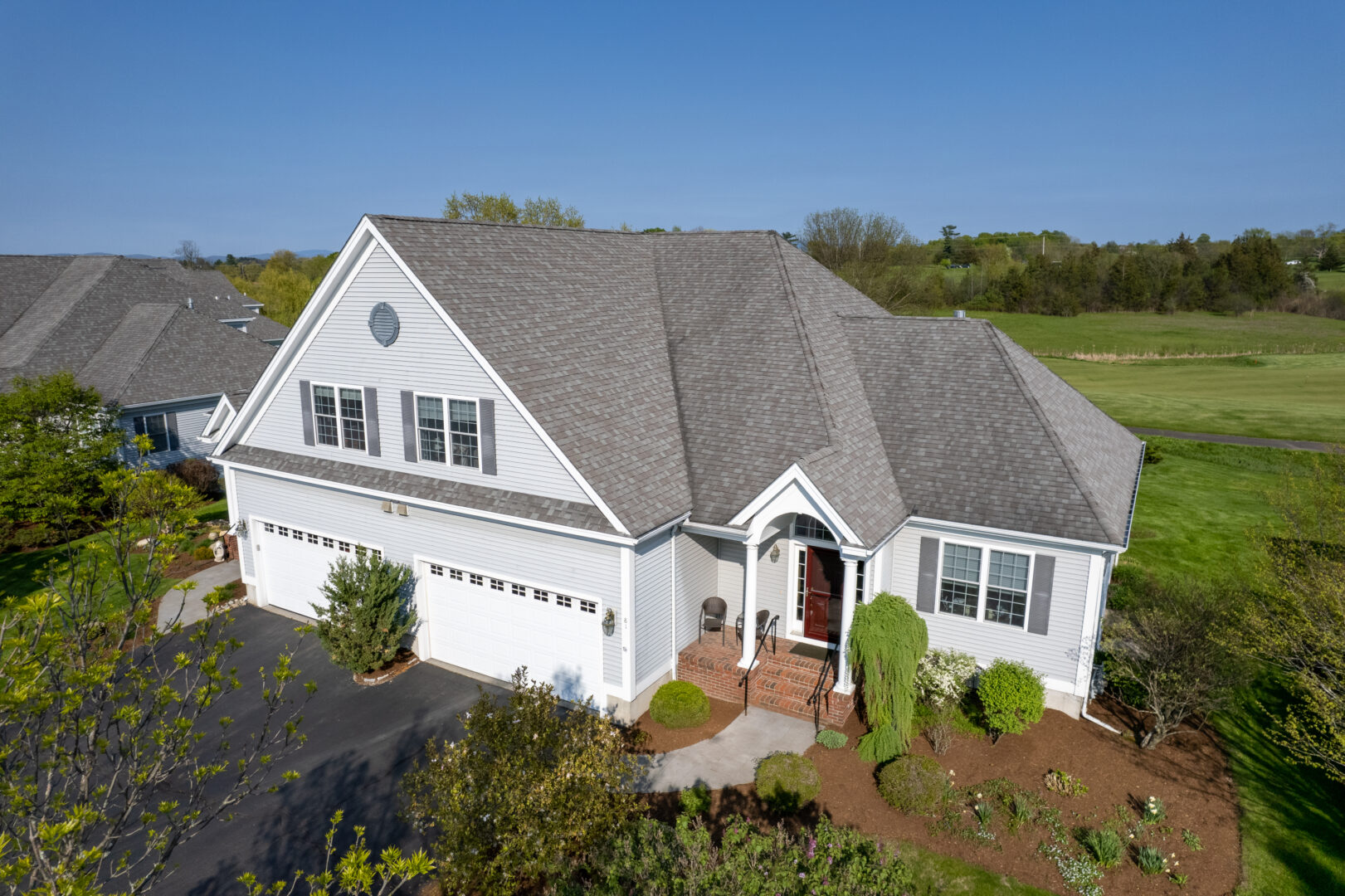
Metal Roofing
Picture this as your roof wearing a metal jacket. The metal panels lock together and make it super strong against wind and rain.
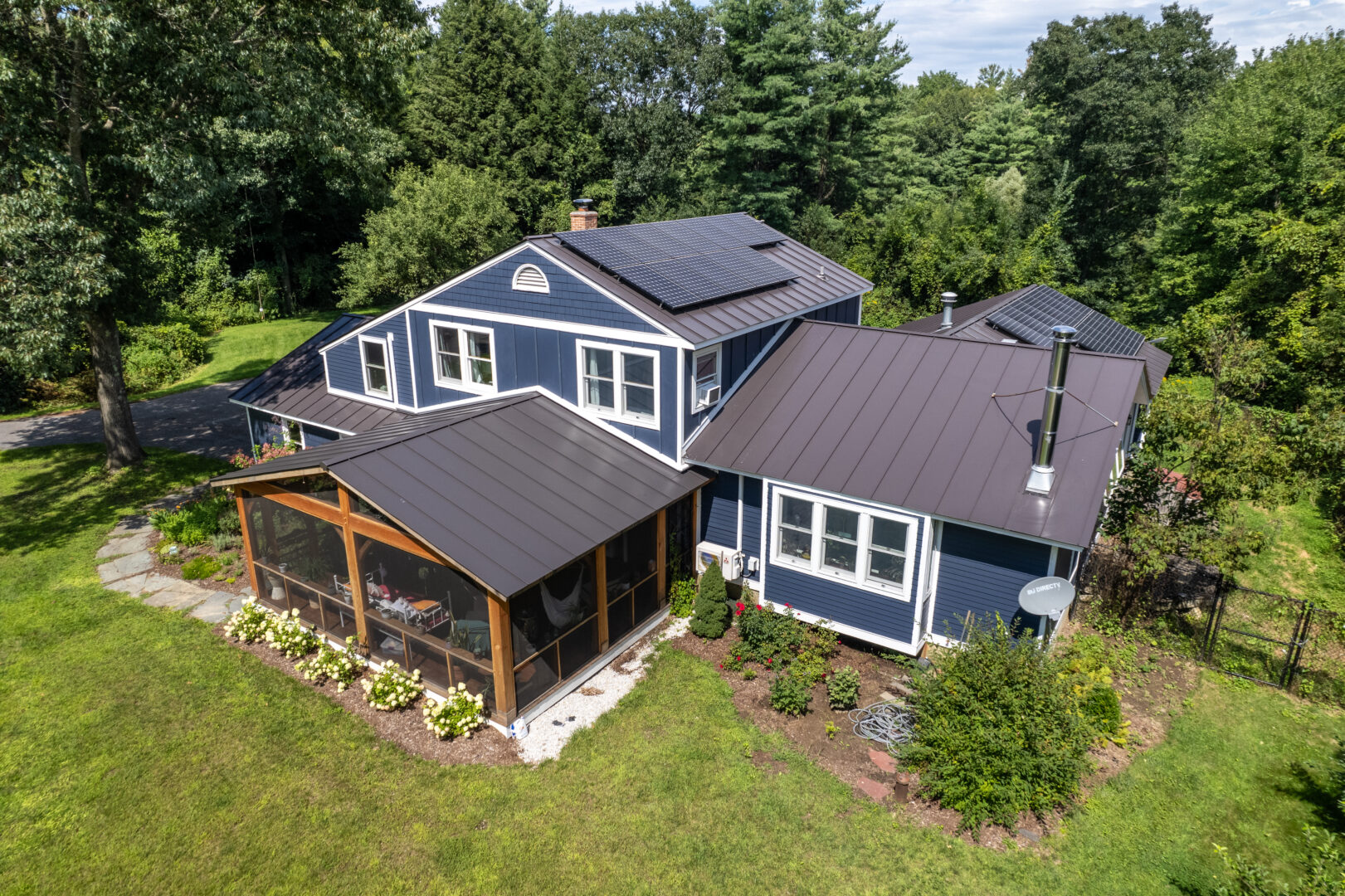
Slate Shingles
Slate is actually a type of rock. Pieces of slate are often used to build roofs since they are extremely weatherproof.
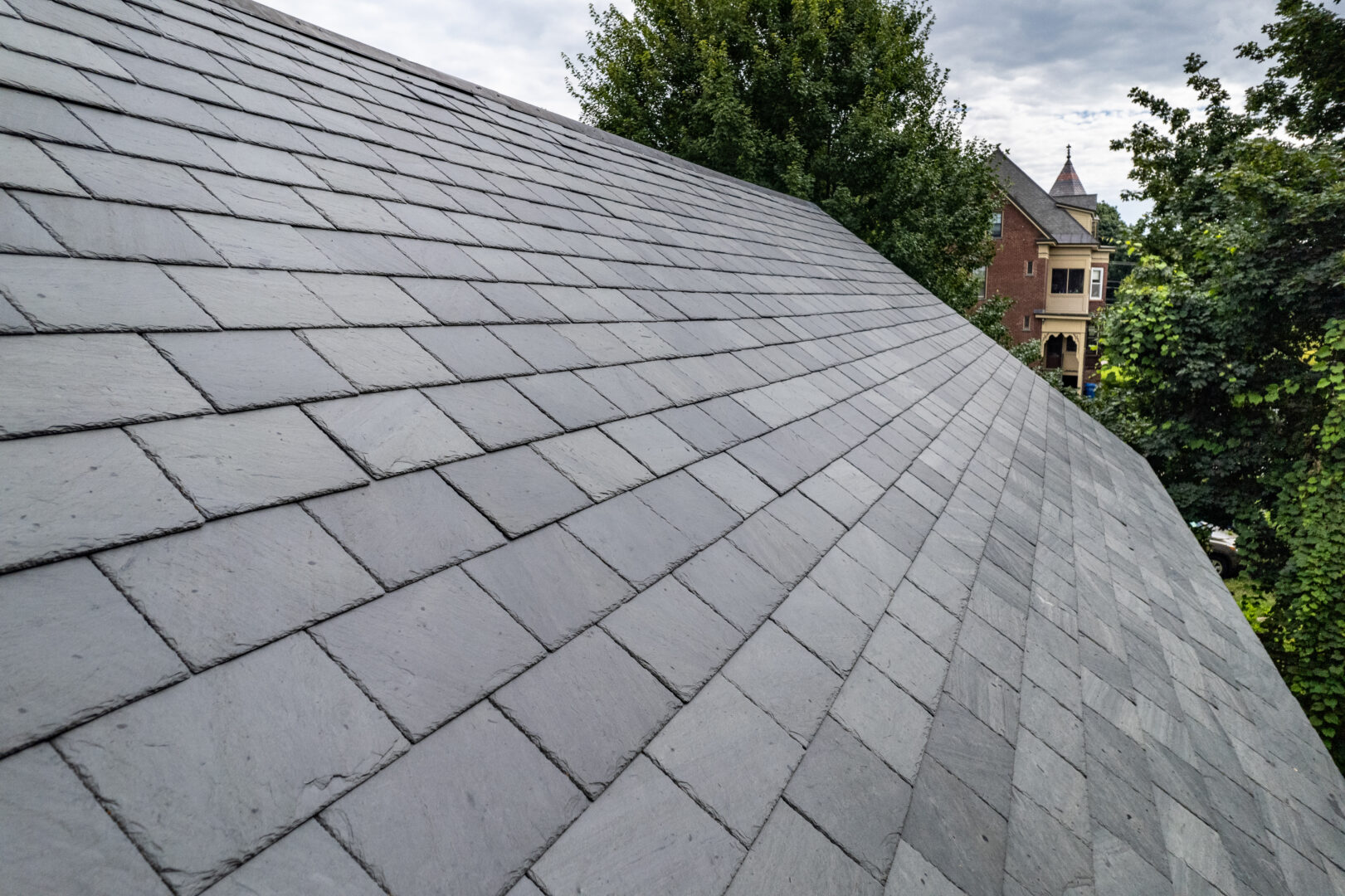
Rubber Roofing
Rubber acts as a blanket that repels rain and responds well to temperature changes, so your roof stays cozy and dry.
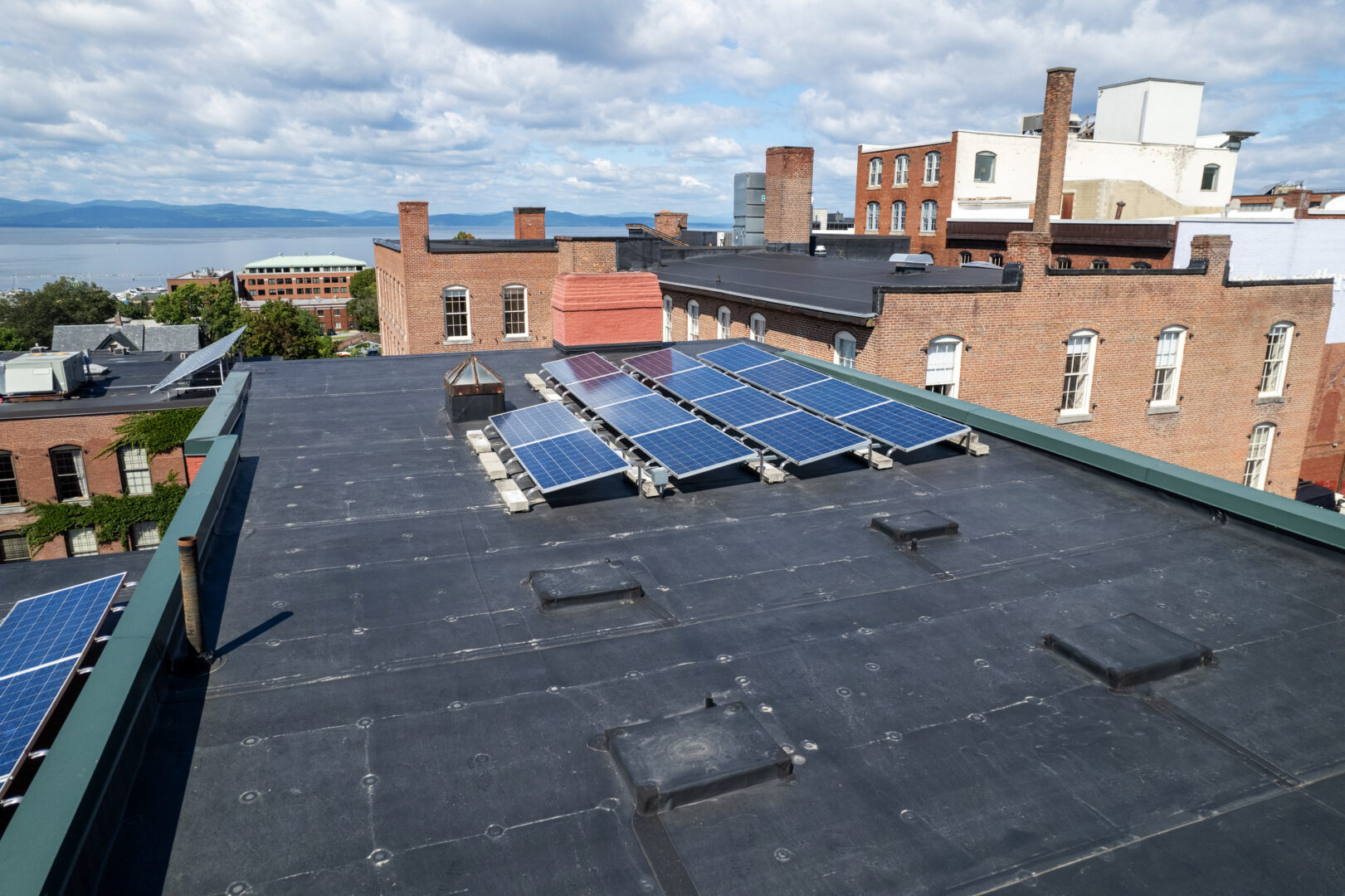
What Shapes Do Roofs Come In?
Roofs come in many different shapes and styles! Here are a few:
Gable Roof
This roof looks like a triangle on top of your house – it has two sides that slope down and is what most houses have for their roof. Rain and snow slide right off this one!
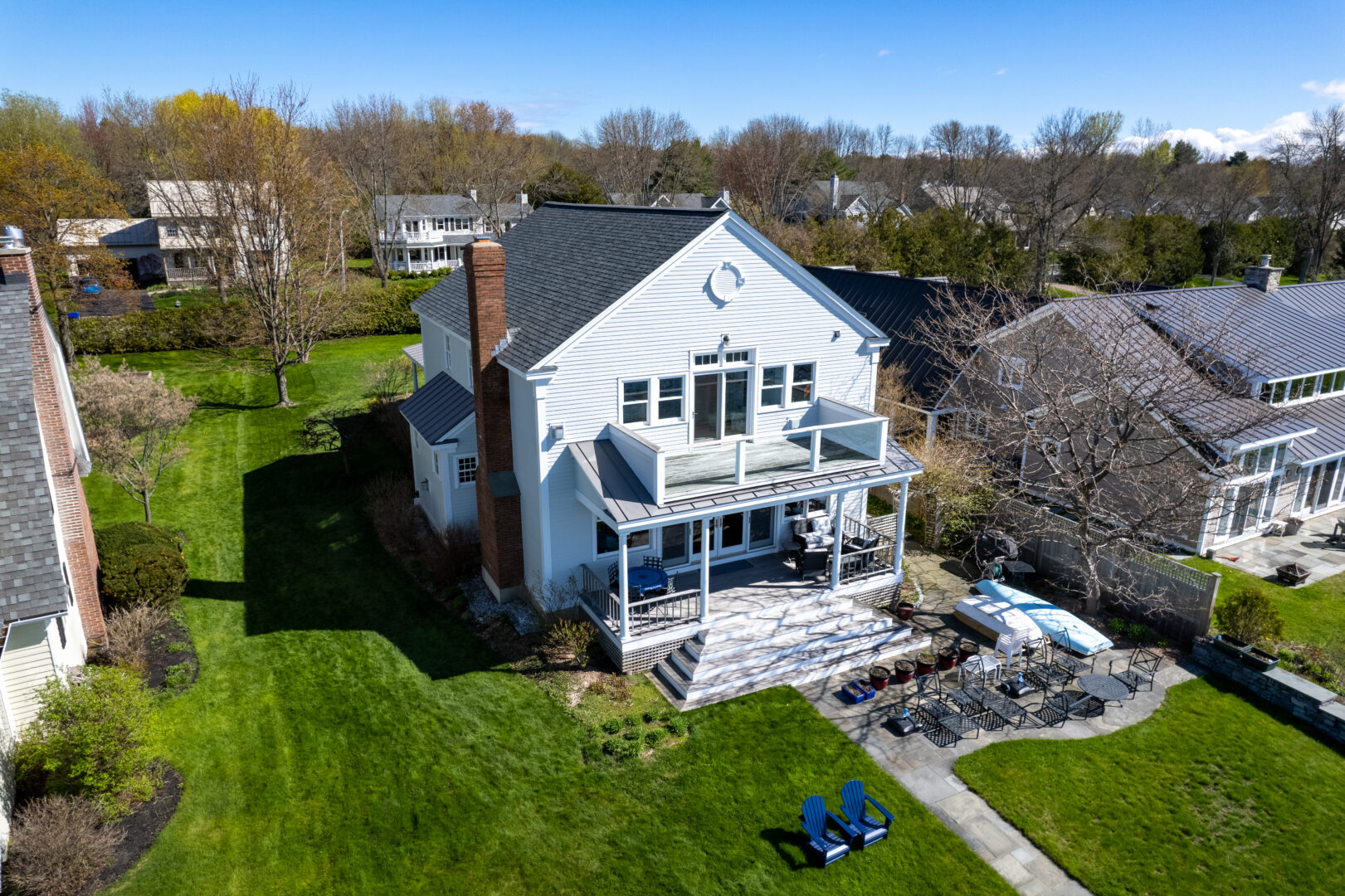
Flat Roof
This roof is almost flat and is often used on modern houses or city buildings. Because it’s flat, it needs good drainage to make sure your roof doesn’t turn into a pond.
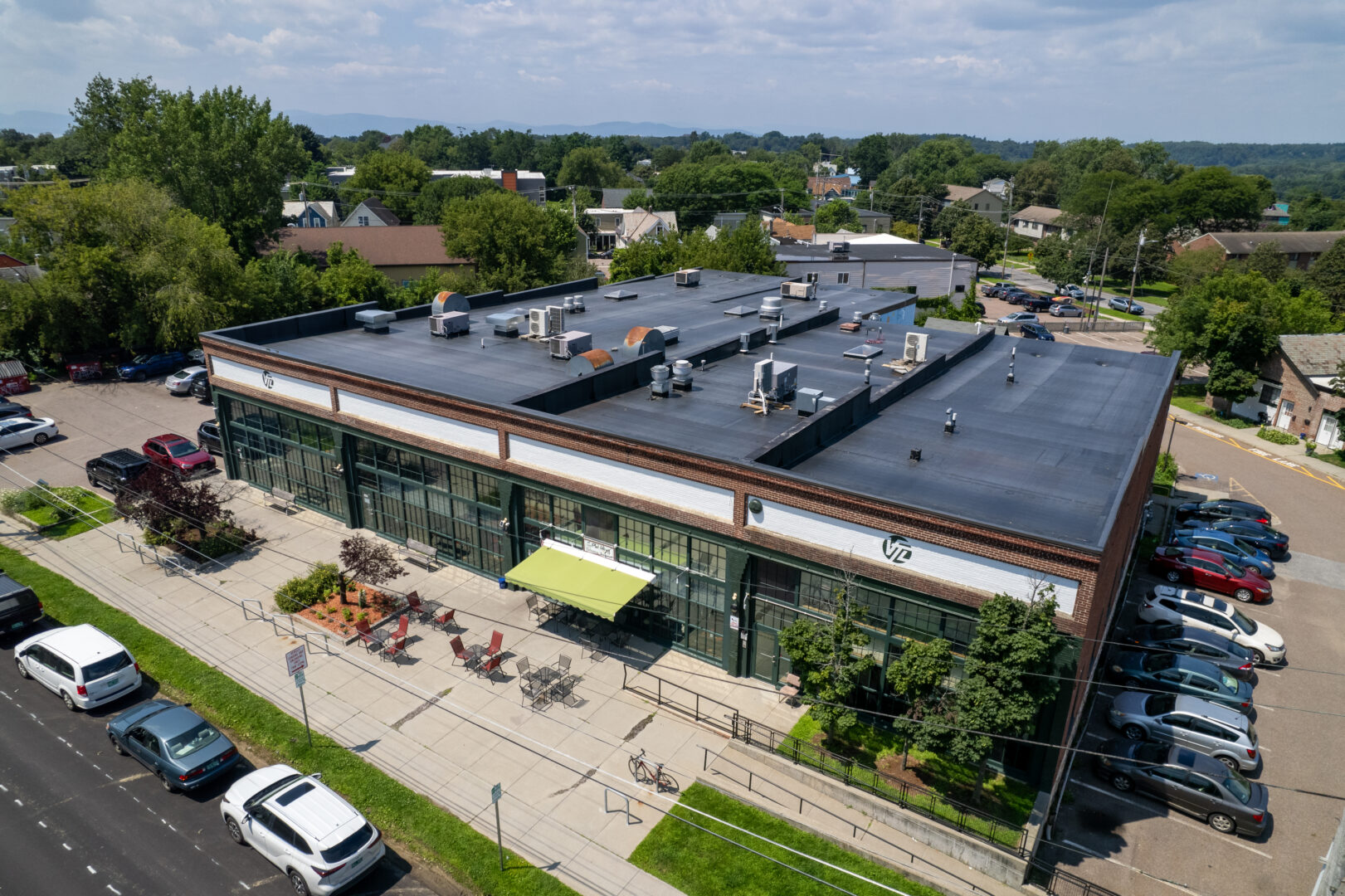
Hip Roof
This roof has four sides that slope down instead of just two. This makes it super strong against wind.
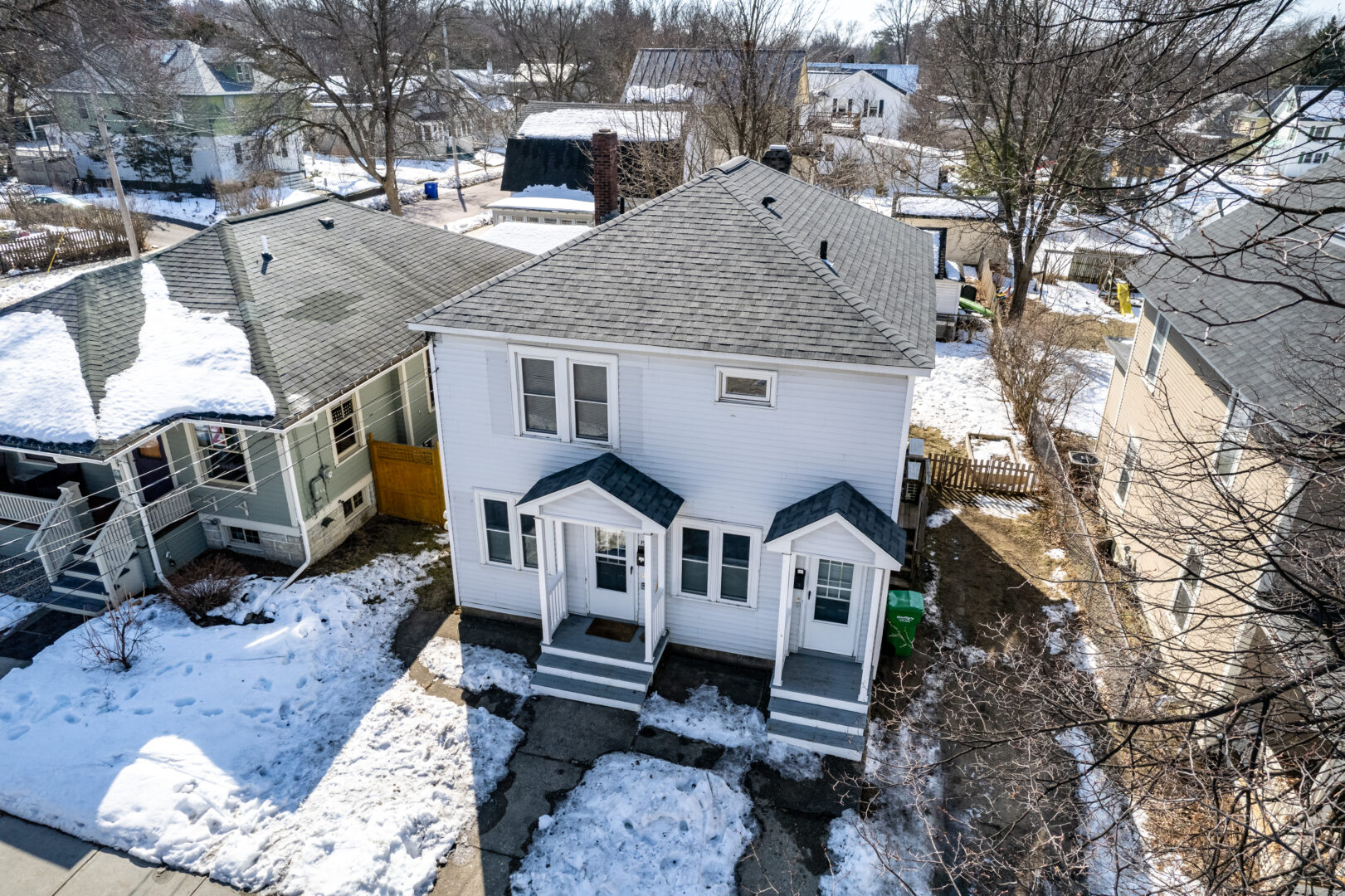
Mansard Roof
These roofs have a flat top and slanted sides, which gives you more room in your attic.
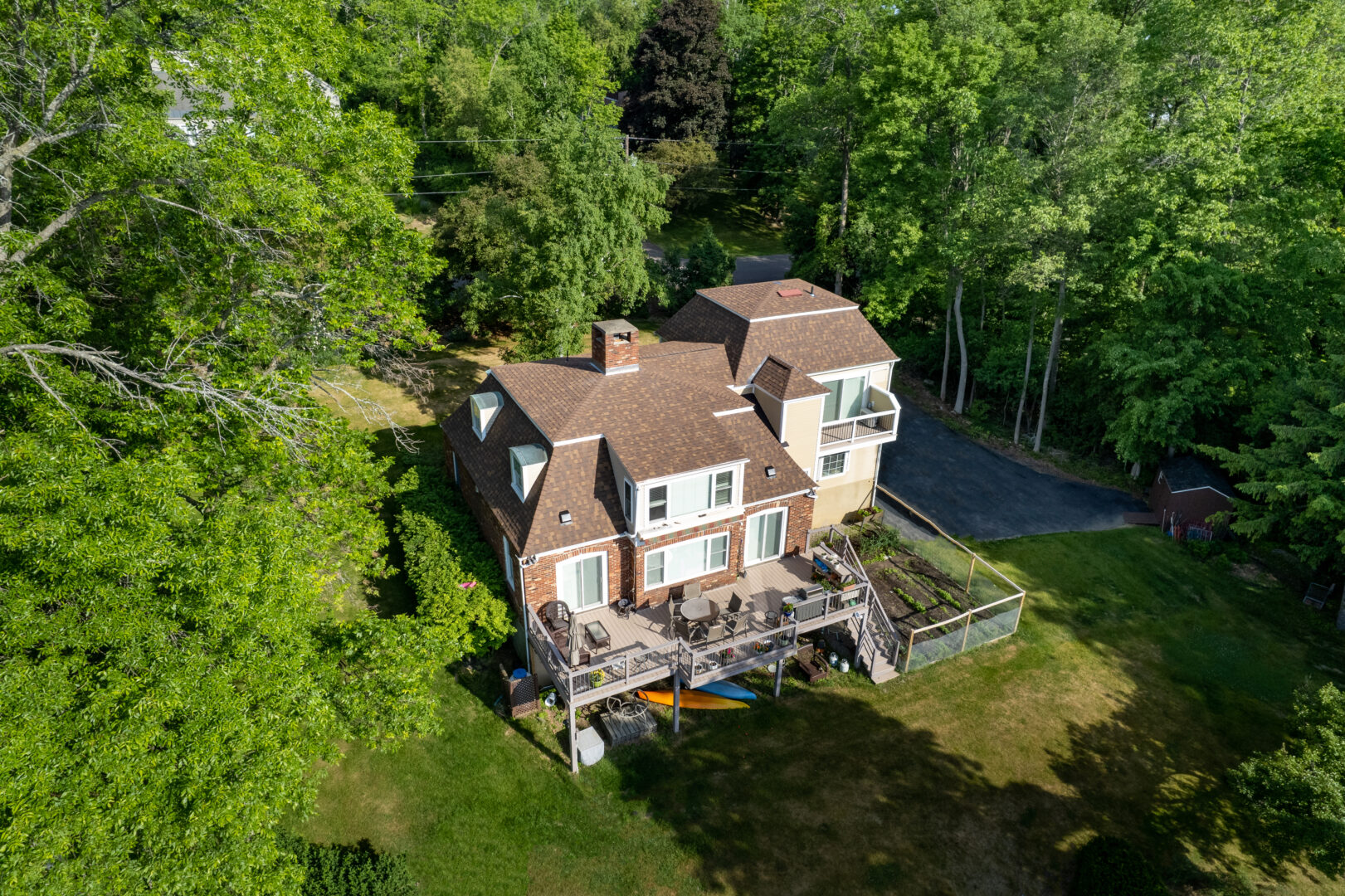
What Are the Parts of a Roof?
Roofs have many pieces that work together, like a team. In order for the team to perform at its best, each piece needs to do its part.
- Decking: This is the base for the roof. Everything stands on it.
- Underlayment: Think of this as a secret shield that keeps water from sneaking in through the cracks.
- Flashing: Flashing is like a raincoat for the corners and edges of your roof. It stops water from getting in.
- Ridge Vent: This is like your roof’s nose – it lets fresh air in and old air out, letting your house breathe.
- Gutters and Downspouts: These collect rainwater and move it away from your house.
How to Build a Roof
To build a roof, we follow these steps:
- Build the Decking: We put down a flat and strong surface for the roof materials to sit on.
- Build the Underlayment: We add the special layer that stops water from getting through.
- Add Roofing Materials: Shingles, metal panels, or wood pieces are added like pieces of a puzzle. They overlap to keep water away.
- Add Flashing: We use flashing to waterproof corners, such as around places like chimneys to make sure water can’t sneak in.
- Let It Breathe: We add vents to make sure air can flow in and out. This is how we help your house breathe.
- Inspect and Check: We make sure everything is in the right place and working perfectly.
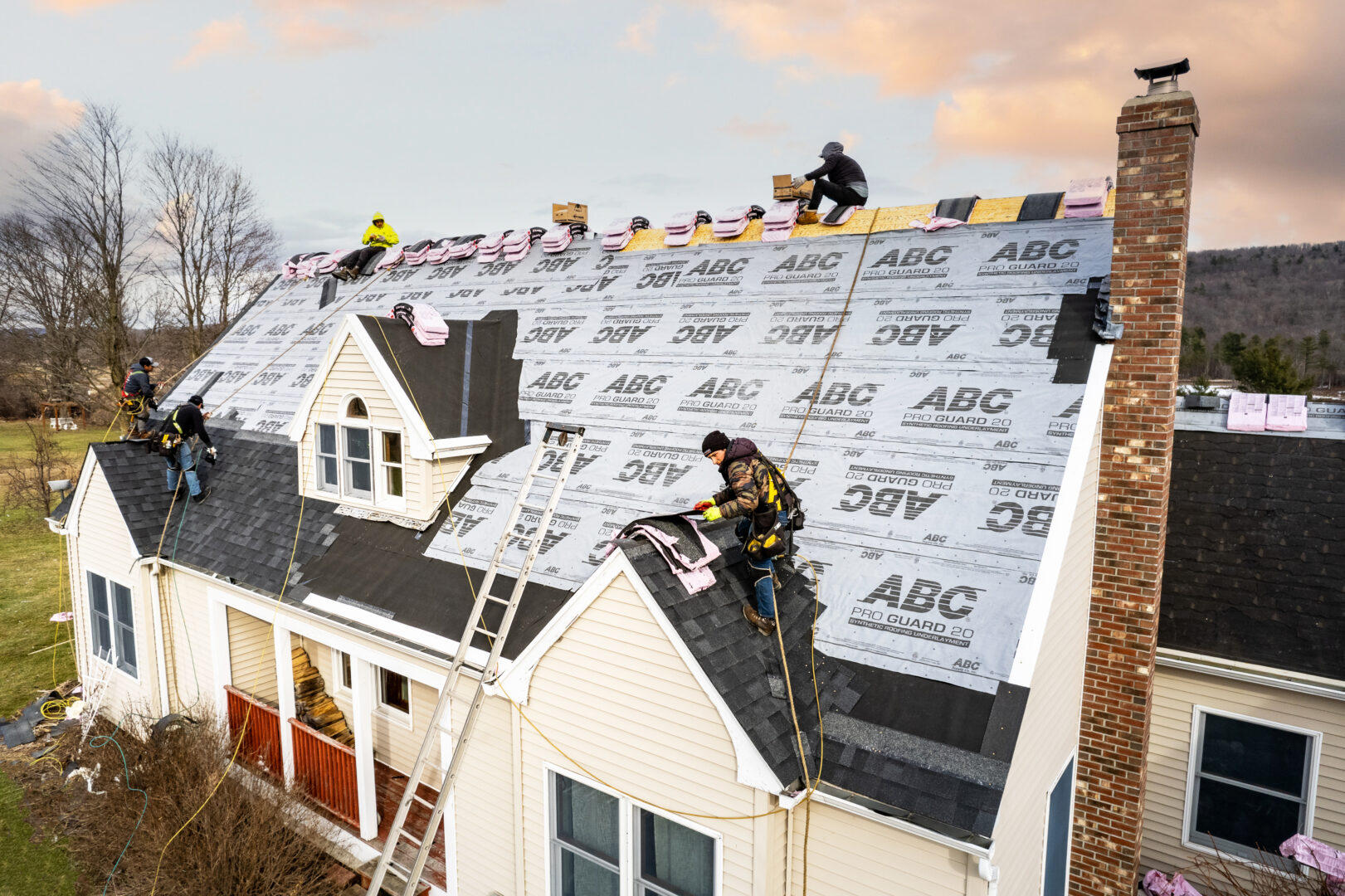
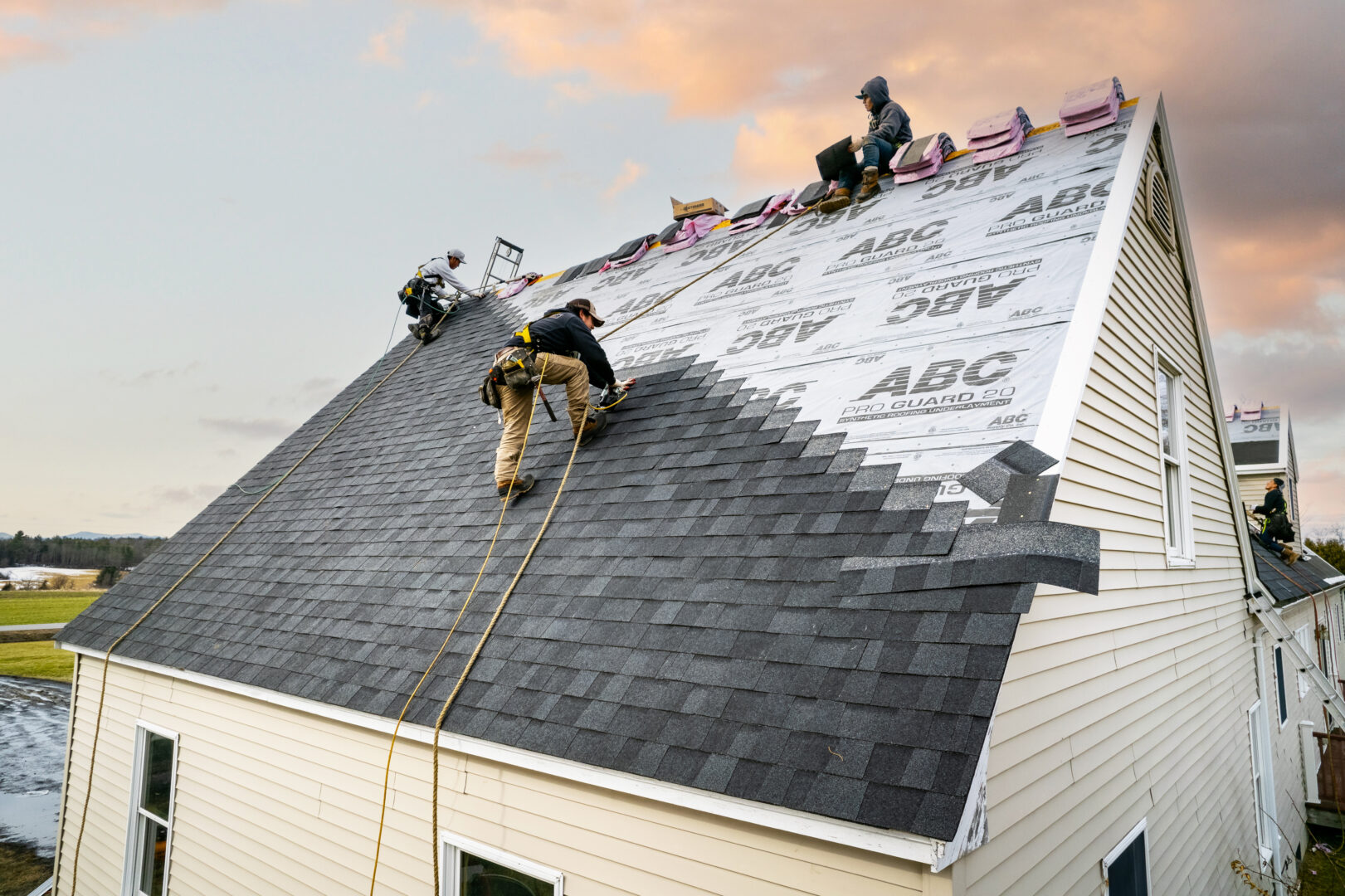
How to Take Care of Your Roof
Roofs need a little love too! Here’s how to keep them happy:
- Check for Trouble: Look for missing pieces, leaks, and leaves on your roof.
- Clean Your Gutters: Keep the pipes clean so water doesn’t get stuck on your roof.
- Fix Problems Quickly: If you spot a small issue, fix it before it turns into a big problem!
- Call the Pros: If things get tricky, don’t be afraid to call the roof experts.

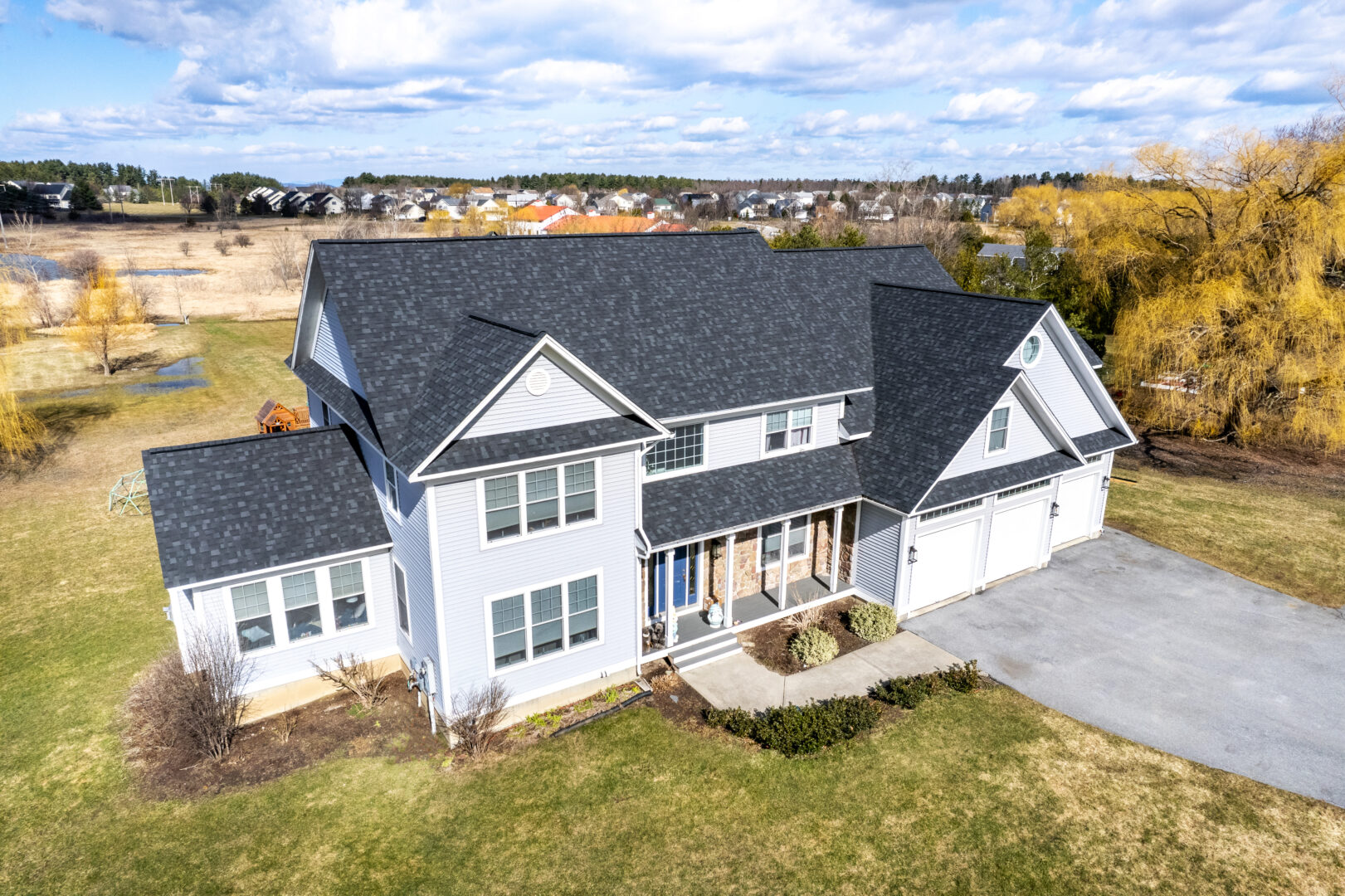
Roofs That Save Energy & The Planet
Some roofs are a bit fancier than others and help save energy. Here are some examples:
- Cool Roofs: These roofs are like sunglasses for your house, reflecting sunlight and helping you stay cool.
- Green Roofs: These are like gardens on your roof that drink up rainwater and help the environment.
- Solar Panels: These are special panels on your roof that collect sunlight and turn it into energy.
- Reflective Coatings: These are roofs with special paint that stop your roof from getting too hot, which makes it last longer.
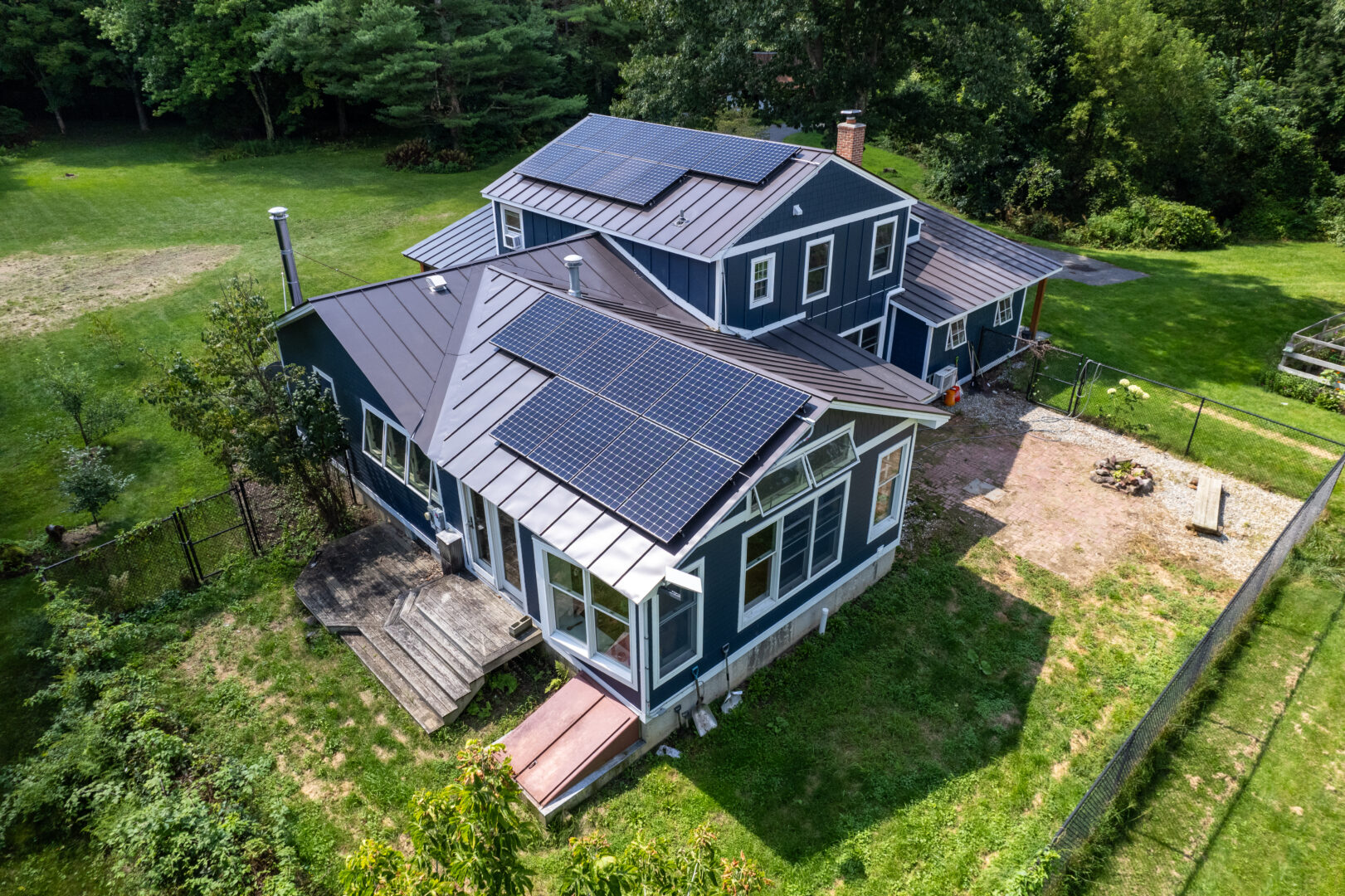
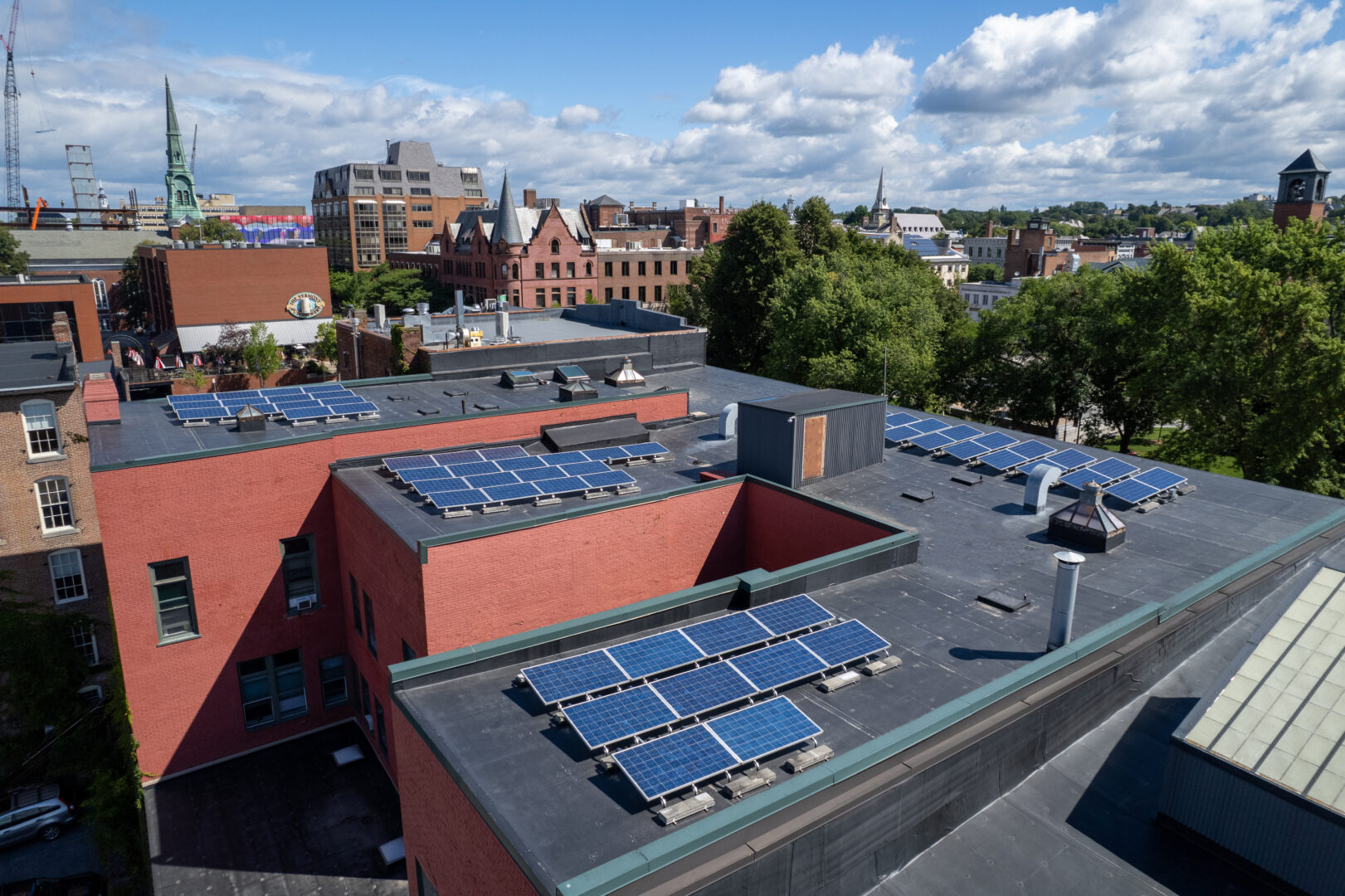
How Long Do Roofs Last?
Sadly, roofs don’t last forever. But if they’re well taken care of, they can last a long time: anywhere from 20 to 50+ years. If they’re leaking a lot or looking tired, it might be time for a new one. Ask the roof pros – they’re like roof doctors!
How to Stay Safe on Roofs
Roofs might look fun to climb on, but safety comes first. When building or working on a roof, always be sure to wear a helmet and harness, especially if you’re up high. Don’t work on roofs when the weather is bad – they can be extra slippery and windy!
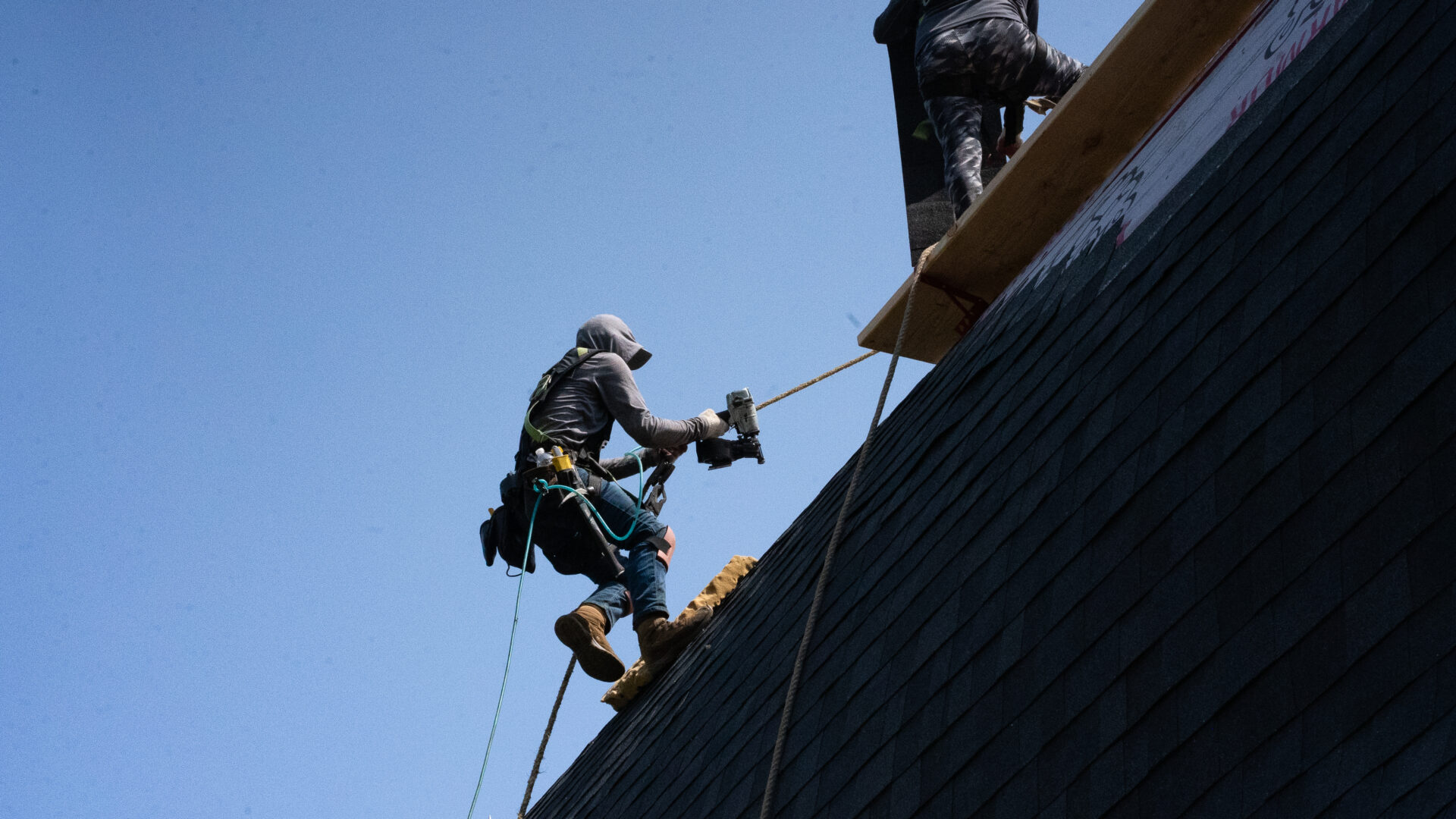
Hire a Roof Expert
When it’s time for a new roof or repairs, find roof experts who know their stuff. Be sure to talk to others who’ve had their roofs fixed and see who they recommend. Also, be sure that they have insurance to protect them from accidents, just in case.
In Conclusion: You’re a Roof Expert Now!
Now you know all about roofs – from why they’re important to how they’re built and cared for. So next time you look up at your roof, remember all the cool things it does to keep you safe and sound. You’re a roof expert ready to take on the world!
